Ephemeral Architectures #08: Milan Involutes
Exhibited in - Quiet Collision &
A Molecular History of Everything
Location - Gallery Via Farini and CareOf, Milan, Italy &
Australian Centre for Contemporary Art, Melbourne
Date - 2003 & 2008
In the footsteps of Calvino, ephemeral architecture #8 explores the contemporary network city. In the process of meditating on the phenomena of the city and our experiences of it, ephemeral architecture #8 develops a strategy and tactic of engagement suggestive of a truly discursive practice, of a wandering discourse, not the straightening and purposeful monologue.
ephemeral architecture #8 is a work of walking, remembering, mapping, and forming; an act of thinking and configuring the city through direct participation accompanied by a kind of generative remembering.
Ephemeral architectures 08 begins with a series of daily walks through the city of Milan, Italy. Embracing the potential of getting lost, open to chance encounters and in the spirit of the derive, each of these walks was performed without reference to any map, and had no preordained destination or pre-imagined route. If, as Frederik Stjernfelt argues, “attempting to make one’s way by constructing an inner map of the surroundings is ... the primordial architectural experience, primary to any Heideggerian metaphysics of Wohnen (one dwells in a place only in so far as one has already constructed of been given a map thereof), what is then, the map that is drawn from these walks, how do they configure the space of the city and what is the ‘architectural experience’ of these wanderings? What is the structure and shape of the involute that facilitates dwelling? This becomes the work of ephemeral architectures 08.
According to the logics of projective geometry, there is at the heart of the representational paradigm a dimensional reduction between visual information systems and the ‘reality’ they represent. Subsequently, any two dimensional map is a necessarily misrepresentation of the three dimensional space of the world. Following from this, is a three dimensional form a materialisation of four dimensional space/time? And what of involuted experience; how can this to be manifest? ephemeral architectures 08, proceeds by addressing this puzzle and by reconfiguring the two dimensional ‘maps through a series of temporal operations.
These initial memory maps were two-dimensional mappings of at least 4 dimensional ‘involuted’ experience. In order to ‘restore their full dimensionality the drawing was digitised and redrawn three dimensionally by plotting the time of the drawing along the z-axis. Thinking about these twisting three dimensional lines and how they may in turn become four dimensional (i.e. incorporate time) I proceeded to enliven the lines by to putting them in motion in a variety of ways. Rotating the lines around their time(Z)-axis generated the still standing outlines of a series of potential forms. These forms seemed to be suggestive of the shape and deportment of spinning tops. This immediately found powerful resonance with a Venetian saying which characterised those who wander the city as ‘matte come un corlo’ as being ‘mad as a top’. What was the form of involuted experience I had asked. Here it was in the shape of the ‘corli’: not congealed or coalescing forms, not still-standing images, but truly temporal forms, poised forms generated by movement itself.
The overall process of the involute and the generation of the corli was itself ‘modelled’ as a computer animation. This animation is both a kind of process diagram and a work in itself. Made in collaboration with Tim Schork and Dag Thiess, this animation took as its title that very Venetian saying denigrating those who dare to wander ‘aimlessly’ with in the city (Matte come un corlo). Taking a line for a walk the animation enacts the movement form and the transformation of the involute into an eccentric ‘madly’ spinning top which left to its own devices, wobbles off and out of frame.
Ephemeral architectures 08: Milan Involutes is a work of interrelated parts. It comprises: the walks, the drawings, the corli and their process materials of templates and molds, and the animation. As an ensemble it configures a city as open and opaque, as continuous yet also differentiated, a city of different and simultaneous times, of discontinuous but connected events.
Links
Media:
‘Six Australian Artists’, Hello milano, November 2003.
‘Collisioni silenziose Australian Style’, l’ARCA, International magazine of architecture,design and communication, November 2003.
‘Pratica corrente stile australiano’, ©arnet arte, September/October 2003.
Publication
Via Farini
Drawings
Animation























